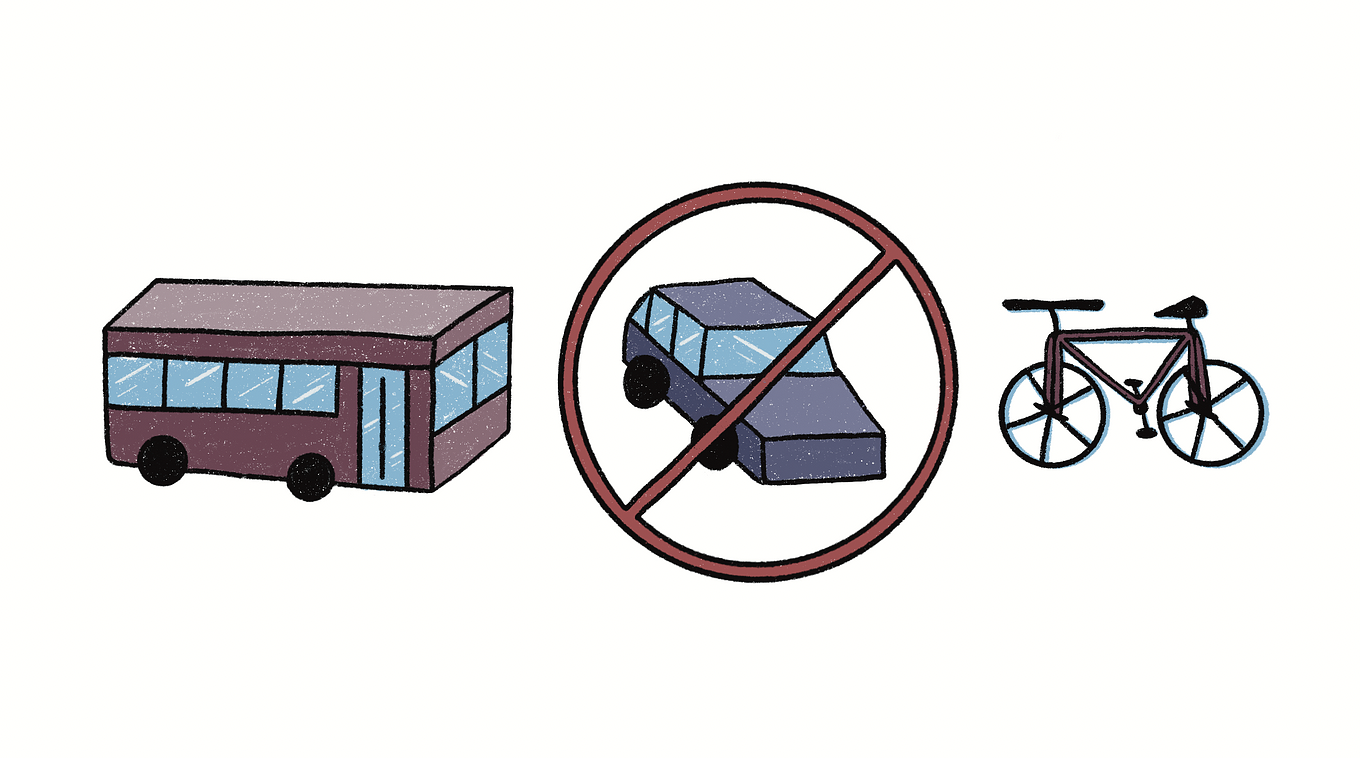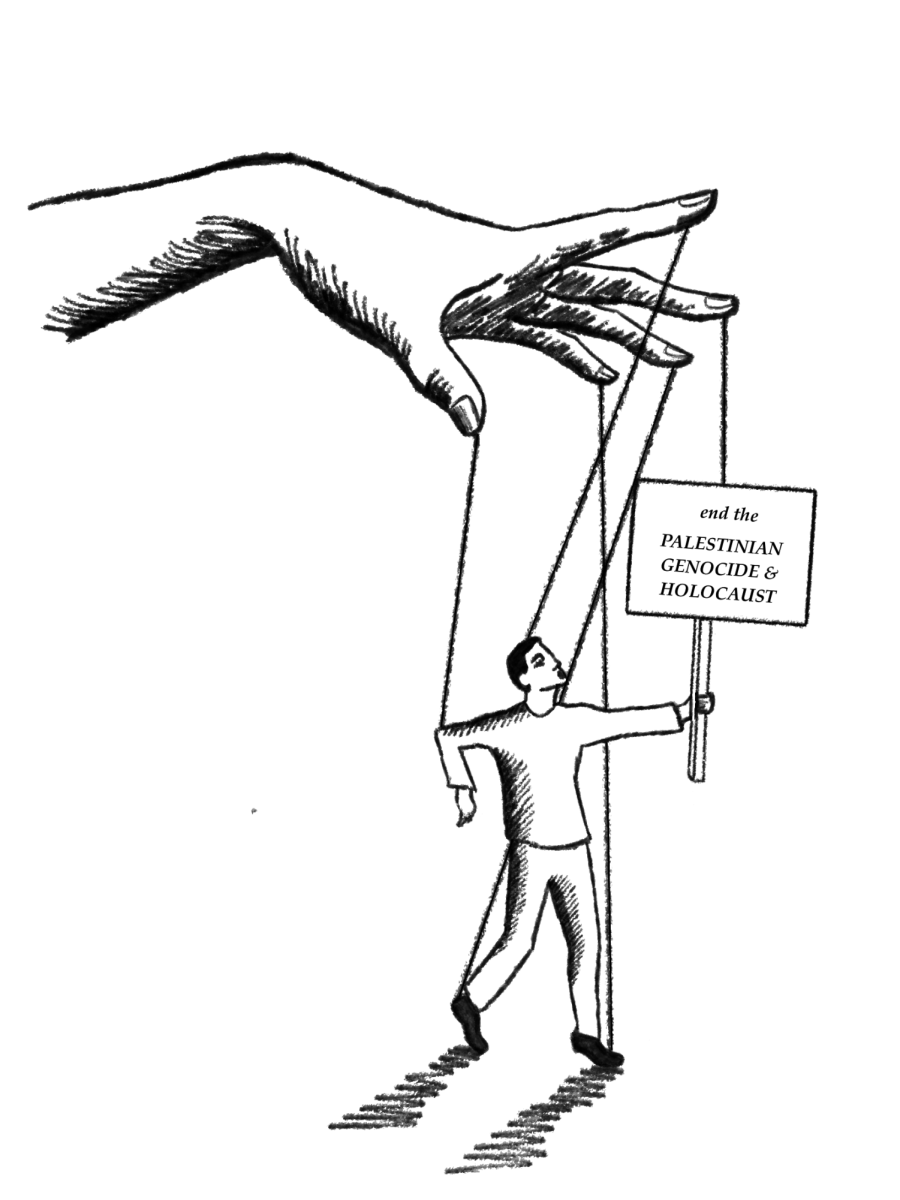As I bike to school along the jam-packed Churchill Road, I watch a line of cars stemming from halfway between Emerson and Bryant in residential Old Palo Alto. They drive across tracks, where pitifully outdated trains further congest traffic, and through a vast parking lot full of teen drivers who could have come to school another way — this is a distinctly suburban American commute.
It feels as if every week I hear about another classmate who got their driver’s license.
Among teens who live in Palo Alto, there seems to be an urgency to get a car, as if the teens neglect the possibility of biking a relatively short distance to school or taking a bus to their after-school activity.
Despite the seemingly diverse and serviceable transportation options, Palo Alto is too car-centric. While much of the city is built for cars rather than pedestrians, people ought to use cars less.
Many cities around the world have started to transition toward becoming less car-reliant.
For instance, Berlin is initiating Autofrei Berlin, a plan for a 34-square-mile car-free zone. While the referendum still faces legal complications, politicians and residents are optimistic.
By reducing traffic, carbon emissions and car accidents, the plan could be an exemplar for other cities around the world.
Given its contingency on cars, American society could benefit from the model. The U.S. is built on cars due to many reasons, including the monopolization of public transportation by General Motors where the automobile industry giant dismantled efforts to popularize public transportation. And although Palo Alto’s allegiance to cars is less prominent than in most other places in the United States, there is still improvement to be made.
Aside from changing people’s attachment to cars, which has been embedded in the U.S. since Henry Ford revolutionized the car industry in the 1930s, minor reforms to improve Palo Alto’s transportation can be impactful.
First, Palo Alto should continue the expansion of pedestrian and bike roads.
The closure of California Ave. from Birch Street to El Camino Real took effect in June 2020 and will last until at least Dec. 2023. This decision has benefitted many small businesses thanks to the addition of parklets that foster liveliness and pedestrian traffic.
Maico Campilongo, co-owner of restaurants iTalico and Terun on California Avenue, reported a 40% boost in business since Cal Ave’s closure to cars according to Palo Alto Online.
While the city has a long way to go to improve pedestrianism, it has made considerable efforts to promote alternate forms of transportation.
Palo Alto biking has received a gold rating from the League of American Bicyclists, classifying Palo Alto as a leading American city for bike safety. Additionally, a notable addition the city has made to remove the need for parking is Palo Alto Link, an affordable taxi service launched on March 7.
The goal of any modern city’s public transportation should be to take cars off the road by providing a cheap alternative to them.
In most aspects, Palo Alto provides serviceable options of transportation. However, the city lacks a viable busing option.
Palo Alto’s lackluster bus transit has yet to improve since it discontinued the Palo Alto Shuttle in July of 2022.
The Palo Alto TMA should improve upon the buses that come with few passengers every 10 to 60 minutes, depending on the line.
This favoritism of cars in America is exhibited in its infrastructure.
Almost seven parking spots exist for every car, and 5% of the landmass in the U.S. is made up of parking lots according to architecture weblog ArchDaily and business weblog FinancesOnline. This is vastly due to Assembly Bill 2097 which designates minimum parking requirements for new parking developments.
Our investment in cars forges the mindset of unnecessary driving that, in turn, dictates our lifestyle.
Only recently did I realize it wasn’t normal to have as many teenagers driving cars as we do in the US.
While the legal driving age is as young as 18 in most European countries, people do not drive until later given the lack of cultural pressure and lack of need to get a car.
In the rest of the world, schools are not surrounded by parking lots, and pedestrian roads are common.
If we can work toward lessening our reliance on cars, we can reverse the repercussions of our overly car-dependent society, achieve streets built for humans and eradicate the traffic that surrounds our schools.










